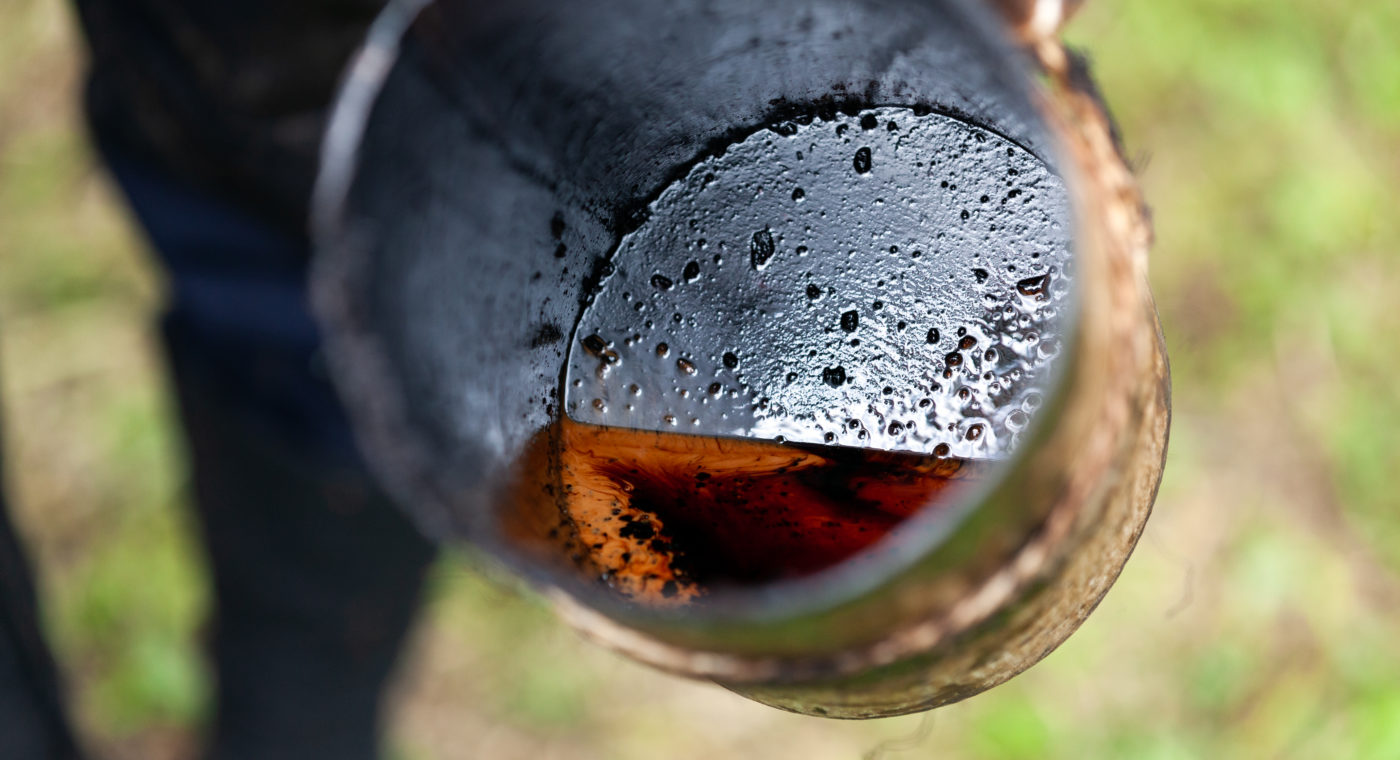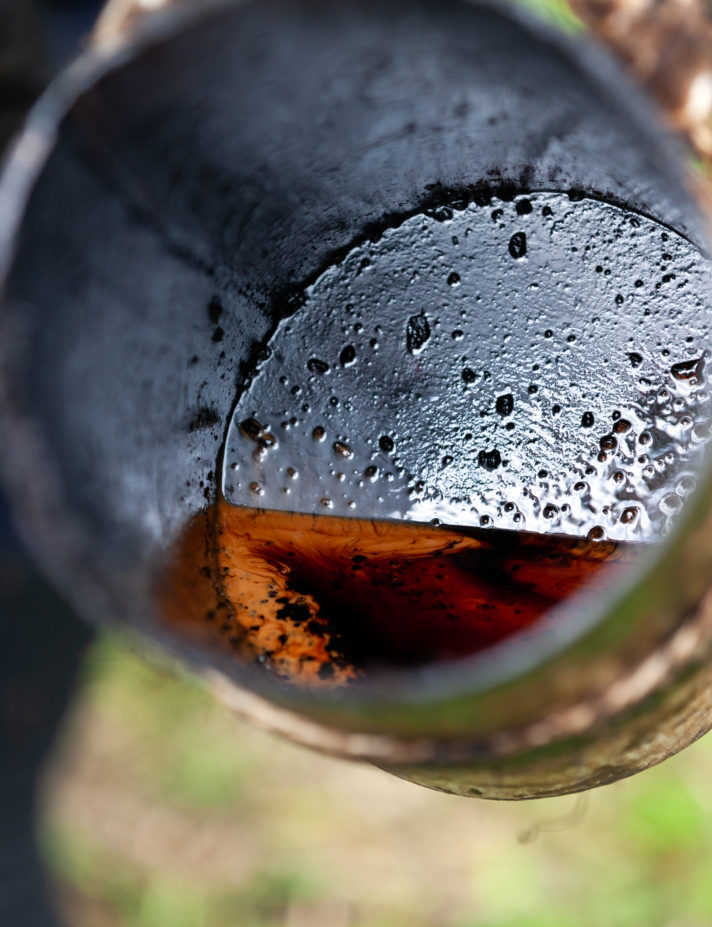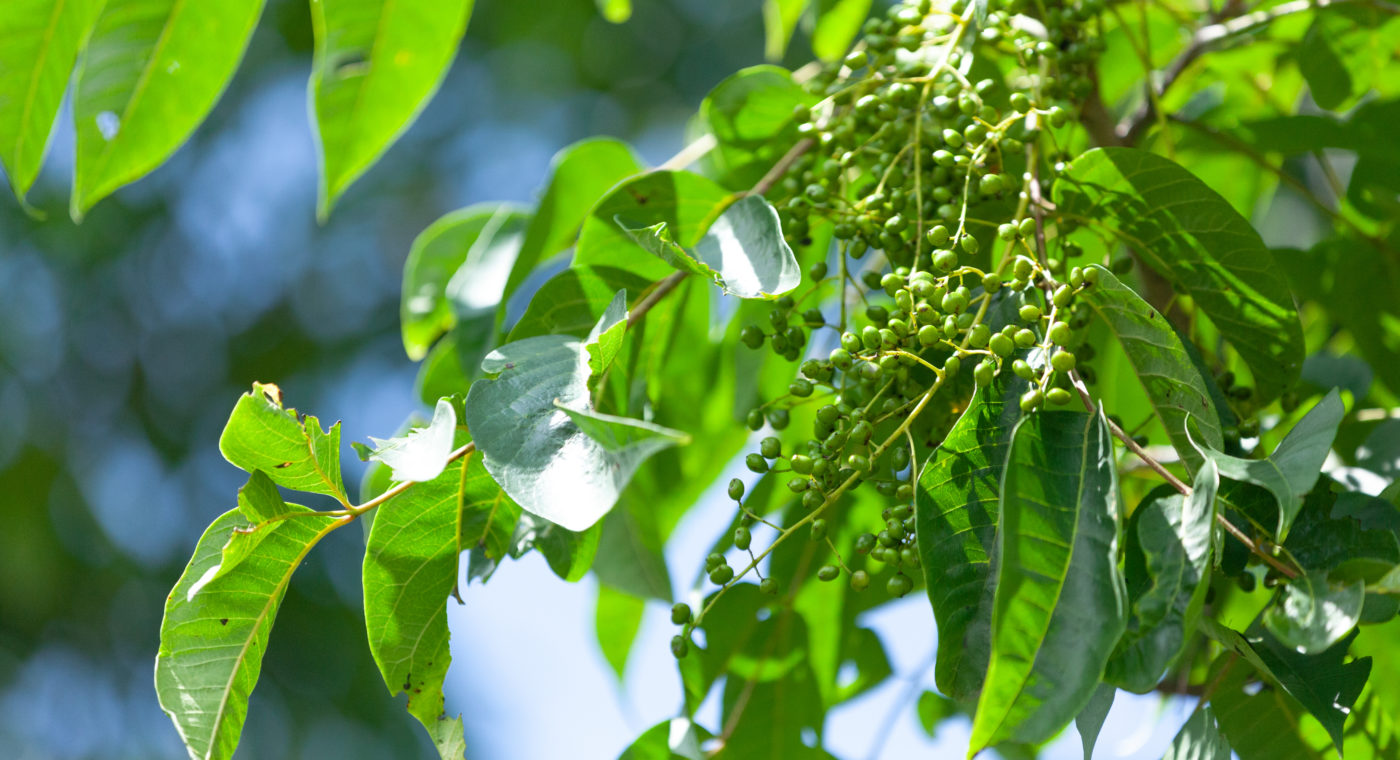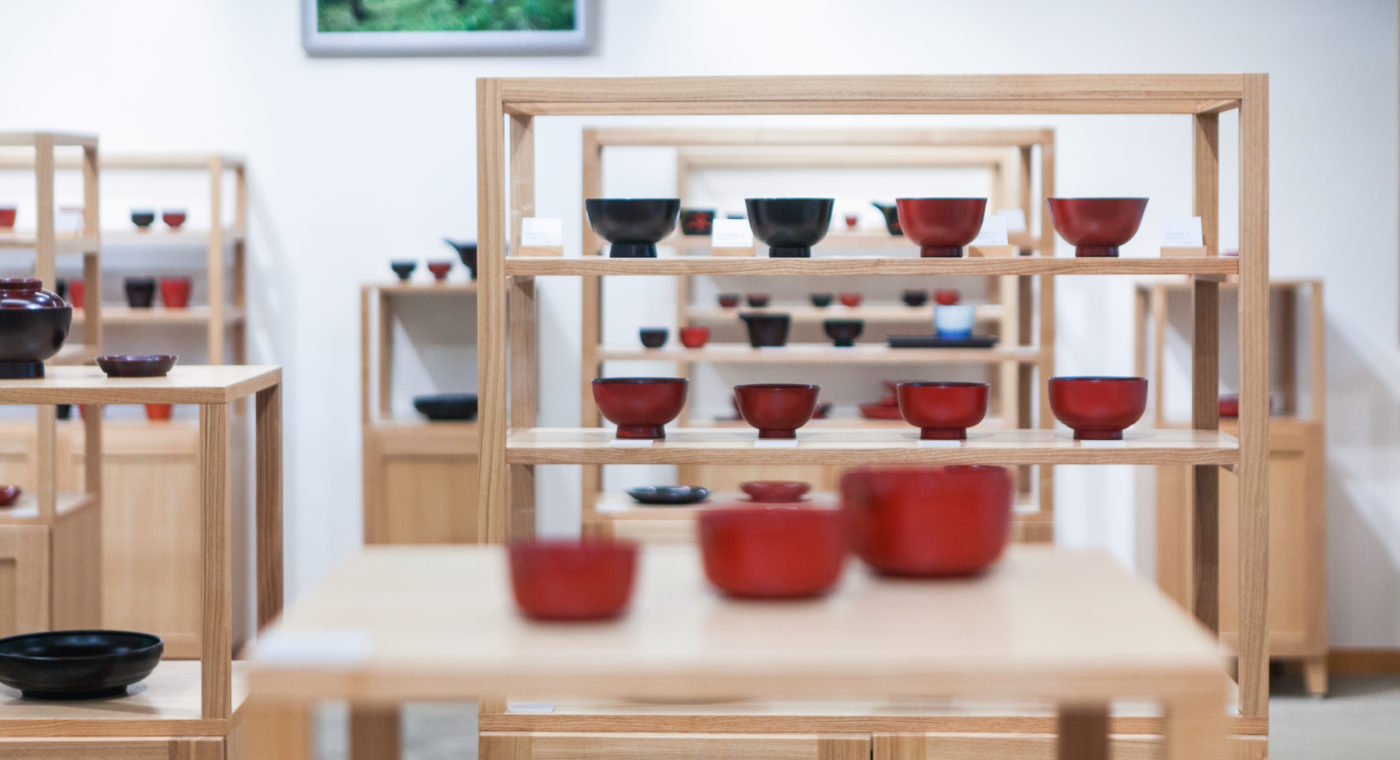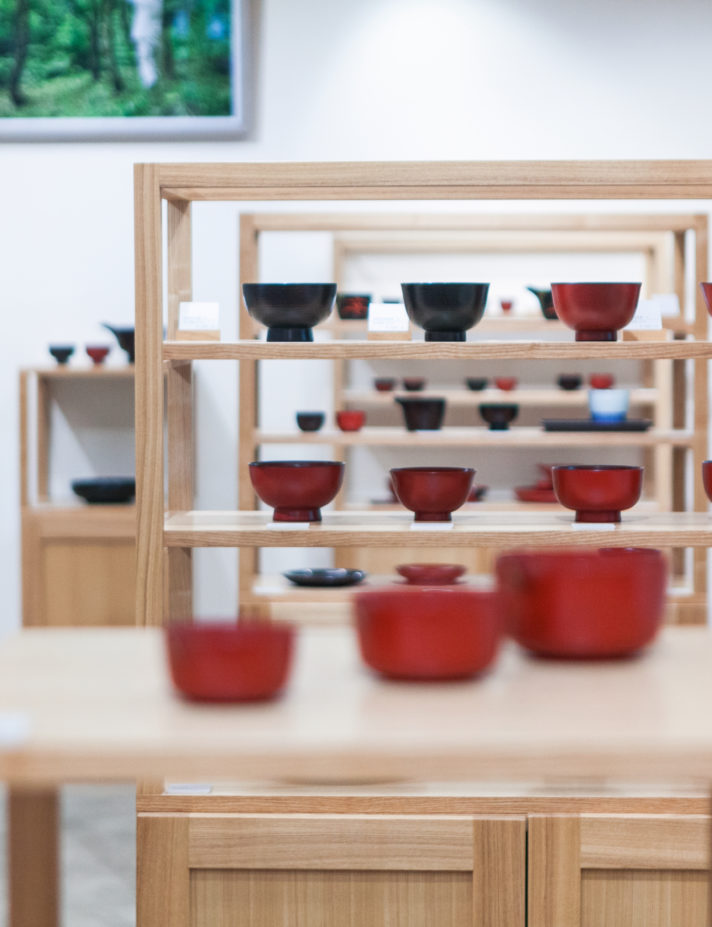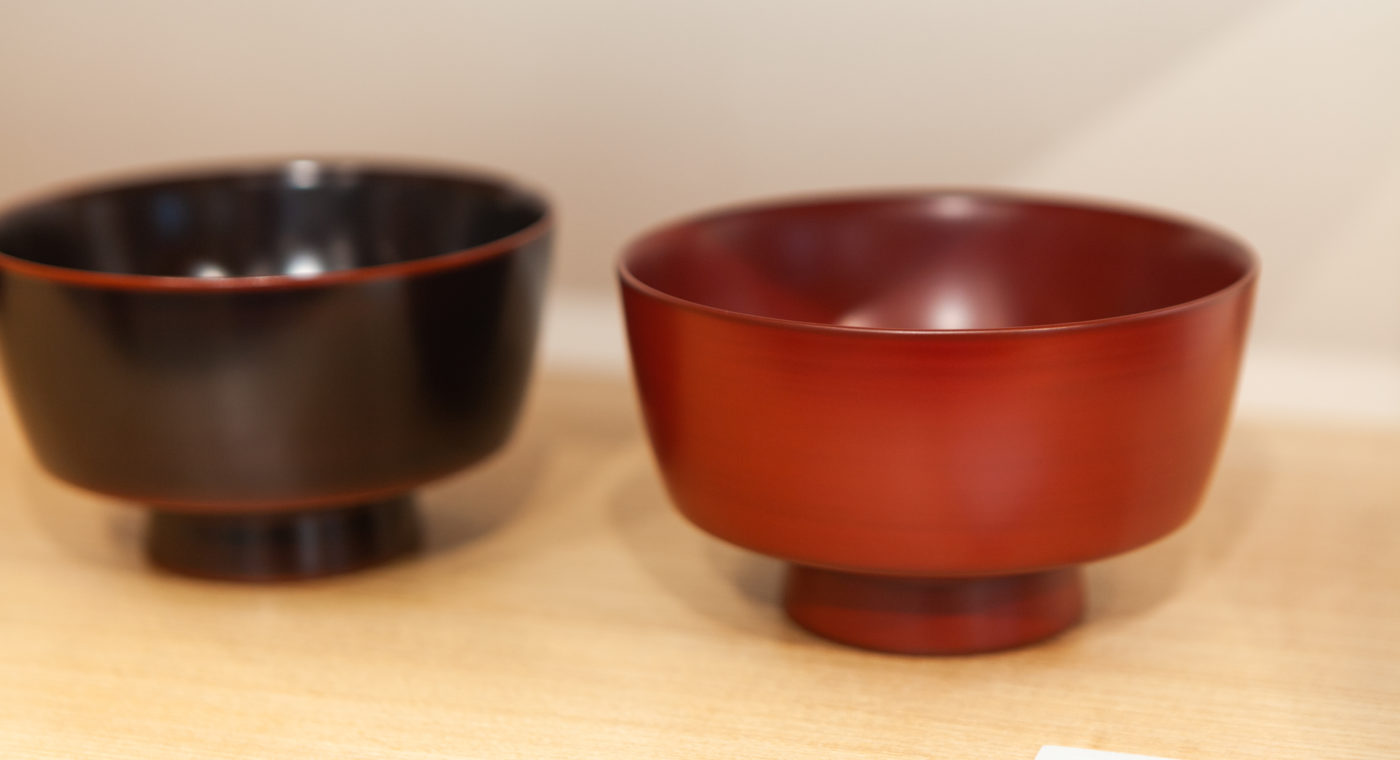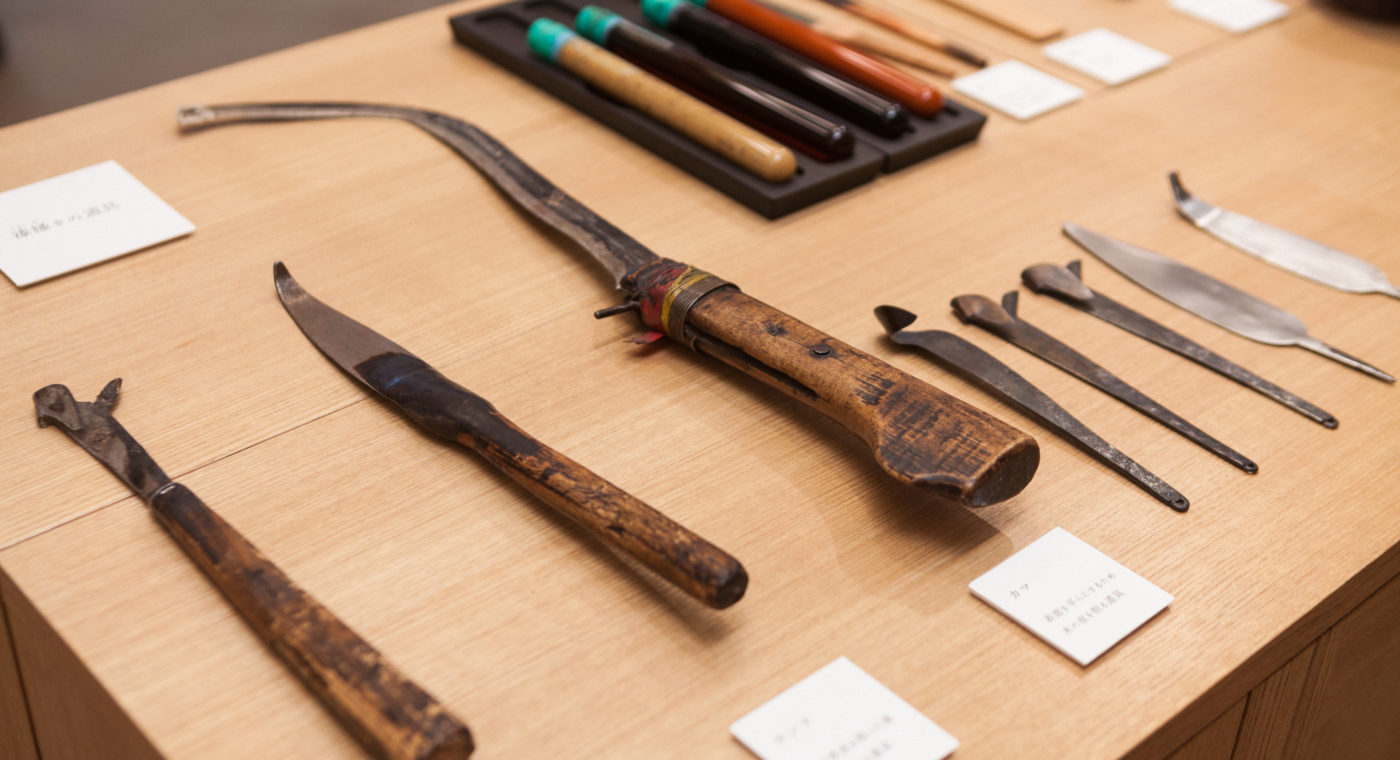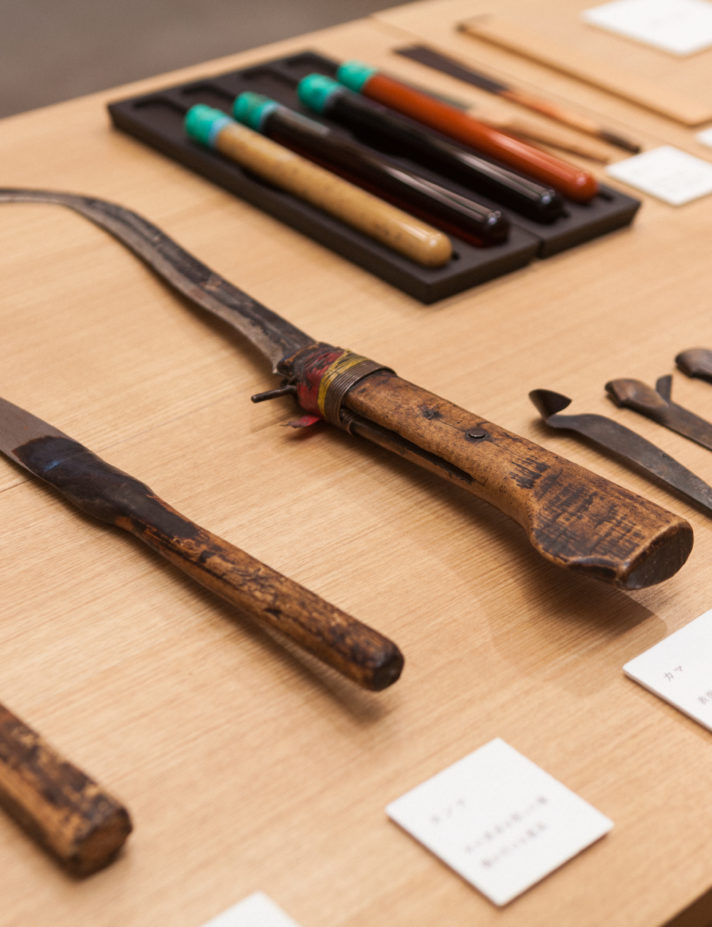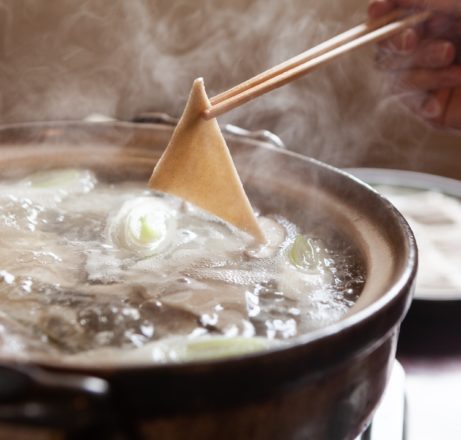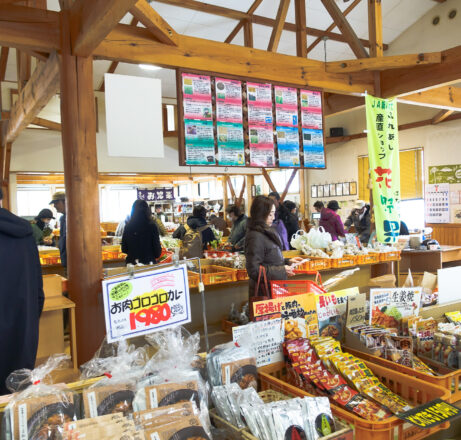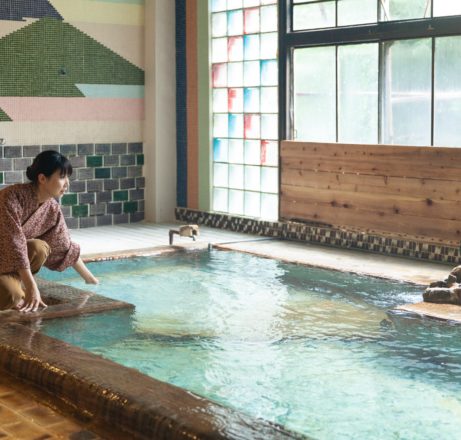Continuing to make daily tools which are a part of peoples’ lives.
After getting off the train at Ninohe station, going through Nitadori tunnel past the town center and over the mountain, you’ll arrive at the Joboji area which has produced one of the rarest domestic urushi (lacquer) since ancient times. It is also the place where people collect urushi sap; this skill required to produce beautiful daily tools is handed down among the people and well established.
Records on Joboji Urushi trace back to excavations of Jomon ruins. There had already been various types of lacquered daily tools. During the Heian period, Oyama Goki which is regarded as the origin of the current Joboji Urushi paint was created. Monks at the ancient temple of Tendaiji had made a practical nested set of three dishes, including: a rice bowl, a soup bowl and a plate for daily meals.
If you visit the Joboji Museum of History and Folklore, you can trace back the life and history of the area where Joboji Urushi was handed down in the changing times.
If you’d like to see the works by lacquer painters that are still inherited to this day and have the chance to hold Joboji Urushi paint in your hands, please visit “Tekiseisha.” You can discover the charms of Joboji Urushi paint and the designs that pursue the beauty of daily use. Not only will you see the production of lacquerware, but you will also learn about Joboji where the lacquer is produced.
You can go farther into the lacquer forest where you will find many lacquer trees grown. Approximately 4,000 trees are planted there, and on sunny days during the season you can see urushi tappers devoted to the work of collecting sap. (In order to prevent lacquer poisoning, please refrain from approaching too closely. Those with sensitive skin must take extra precaution to not touch the lacquer trees or leaves.)
The longer you continue your trip, the more you get drawn into the depth of Joboji Urushi’s real culture. On your way back to the town center, it’s also recommended to visit Potora Garden where you can find textiles dyed with lacquer.
Photo:Sachie Abiko,tarakusa
Click here for Google Maps of all spots
- See details on map
- Joboji Museum of History and Folklore →
- Tekiseisha →
- The lacquer forest →
- Potora Garden →



